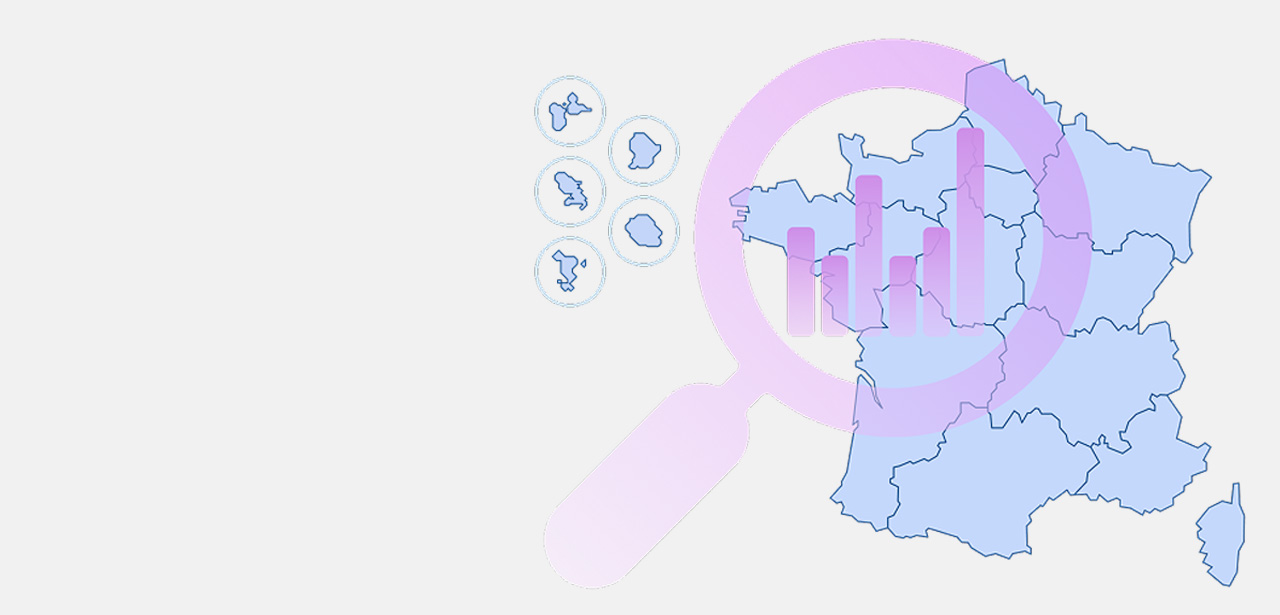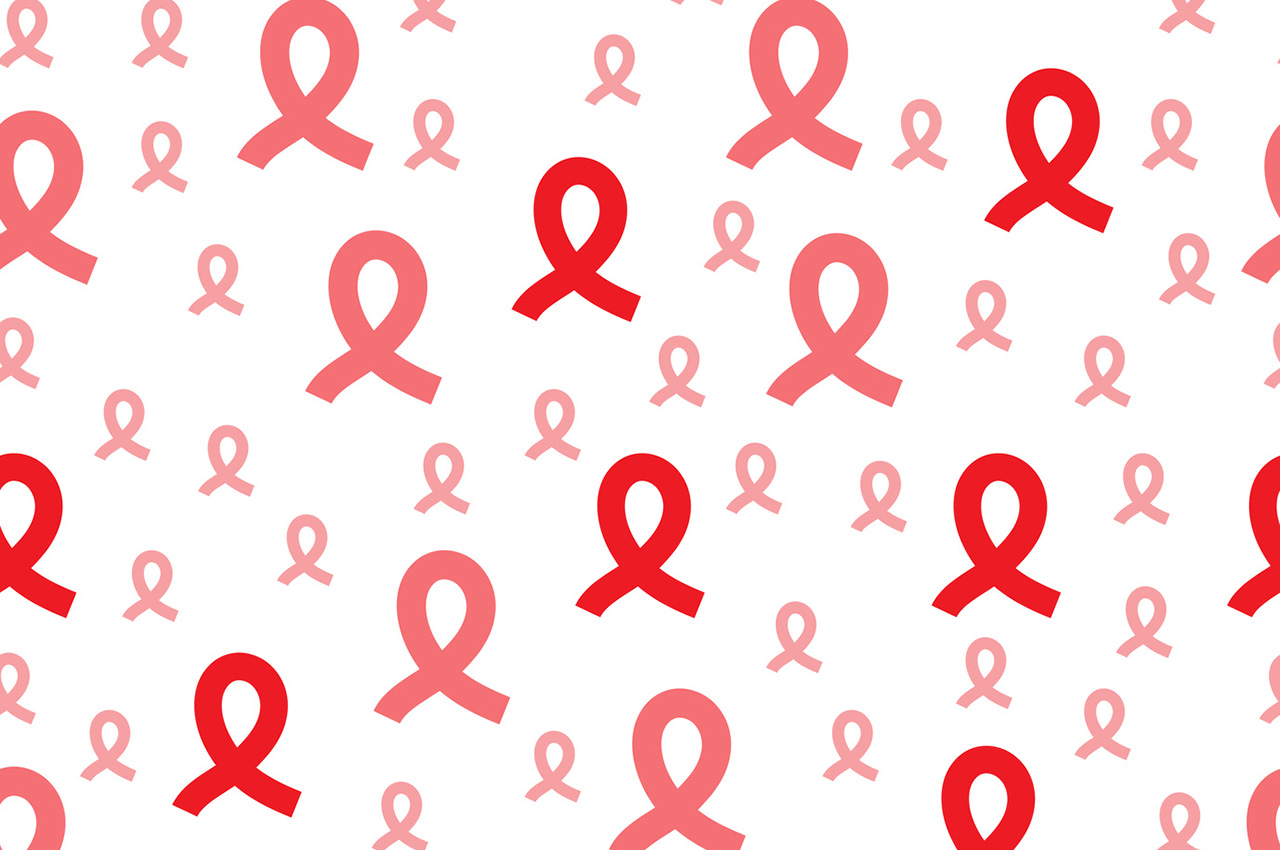OBJECTIVES: To describe the presentation and therapeutic management of severe cholera in Mayotte (France). PATIENTS AND METHODS: We carried out retrospective data collection. All patients treated in the intensive care unit (ICU) with a confirmed diagnosis of cholera by PCR were studied. Only patients treated for hypovolemia were included. RESULTS: Out of the 215 confirmed cases of cholera in Mayotte on July 12, 2024, 25 required treatment in the ICU (11.6 %). Among these cases, 16 were treated for hypovolemia (7.4 %), while five patients died of cholera before they could be admitted to hospital (lethality rate 2.32 %). No patient died in hospital. Median patient age was 17 years (4-30) with a sex ratio of 1. Severe diarrhea was the rule with a median of one diarrheal stool every two hours. Clinical severity was characterized by sunken eyes and Glasgow Coma Scale (GCS) < 14 (n = 16/16,100 %). Biological severity was determined by profound metabolic acidosis with venous pH < 7.20 (n = 16/16, 100 %). Intravenous fluid therapy was aggressive with a median of 280 mL/kg (230-300) Ringer's lactate solution during the first 48 h. CONCLUSIONS: Cholera can be a life-threatening infection, with deaths occurring due to severe diarrhea and hypovolemia. From the onset of symptoms, which are sometimes fulminant, patients must be admitted to a care center as soon as possible. We will continue to collect data to create scores that will enable us to better recognize the most severe forms of the disease.
Auteur : Boué Y, Niang M, Lapostolle A, Chamouine A, Benoit Cattin T, Favre M, Rouard C, Mortier C, Piarroux R, Carvelli J
Infectious diseases now, 2024, p. Online ahead of print


